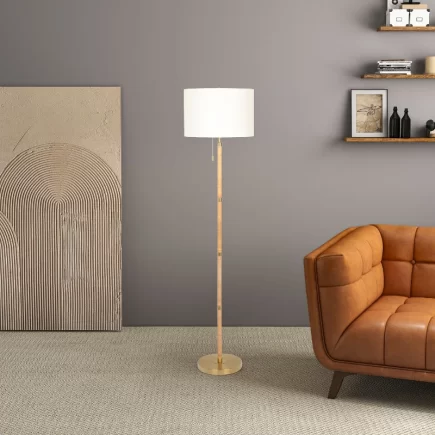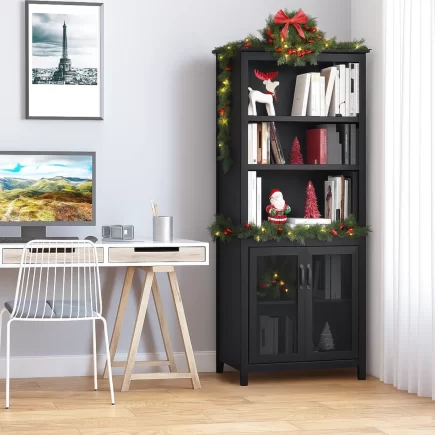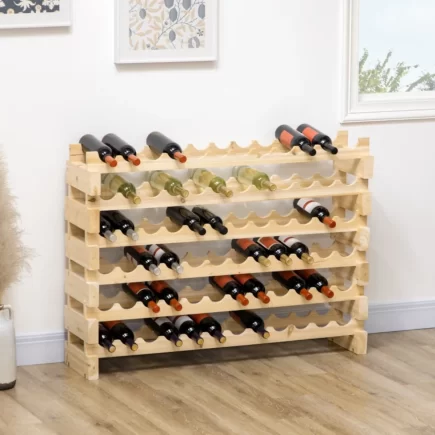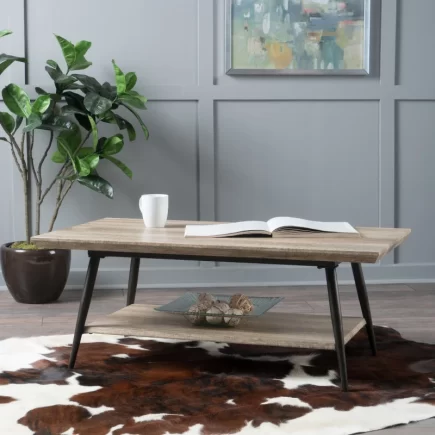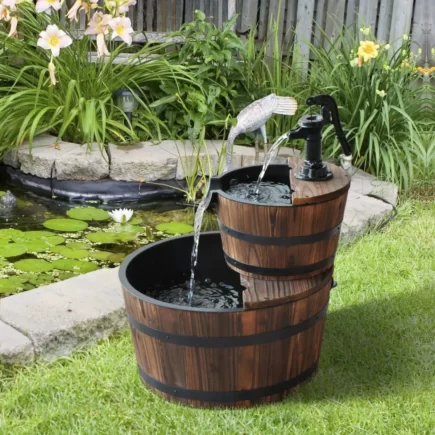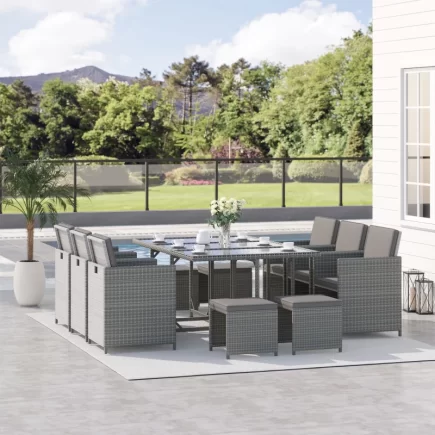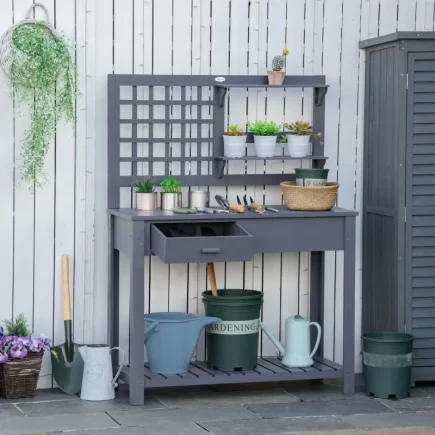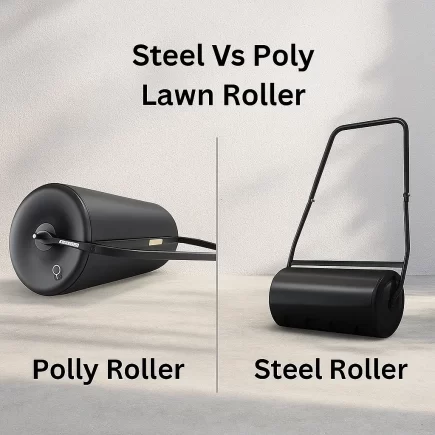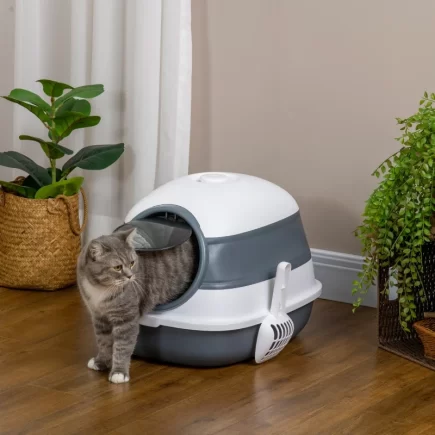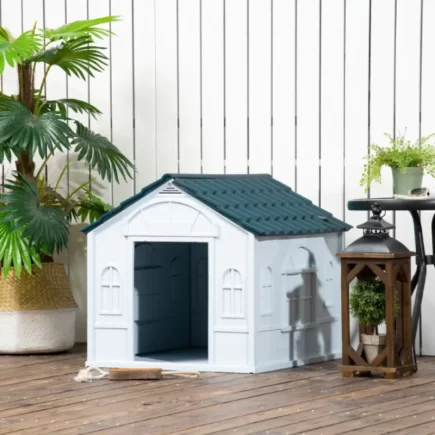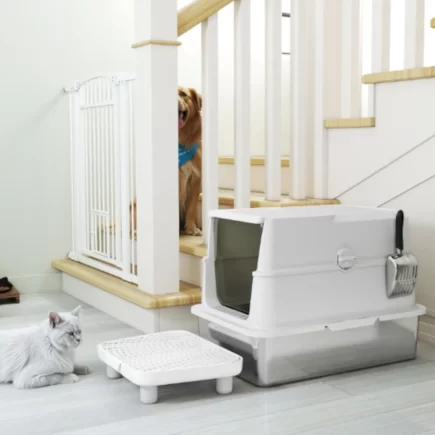A cantilever umbrella is an ideal solution for adding shade and elegance to your outdoor patio. With a design that eliminates the central support pole, these umbrellas provide enhanced space and a better view. Whether you’re protecting your outdoor dining set, lounging by the pool, or shading a sectional sofa, this guide will help you install your cantilever umbrella smoothly and efficiently, ensuring maximum comfort and style for your patio.

1. Why Choose a Cantilever Umbrella for Your Patio?
Cantilever umbrellas offer several benefits, with the main advantage being the absence of a center pole, providing more unobstructed space and easier access to shade. This makes them ideal for large patio furniture. They also offer 360° rotation to adjust the umbrella throughout the day for optimal shade, and many come with tilt features to adjust the canopy’s angle. A cantilever umbrella combines functionality and style, making it a great addition to any outdoor space.
2. Choosing the Right Location on Your Patio
Before you start installing your cantilever umbrella, selecting the perfect spot for it is essential. The location you choose will determine how effective the shade will be and how comfortable the space becomes.

Sun Exposure
One of the most important factors to consider is the sun’s path throughout the day. Ideally, you want to position your umbrella in a spot where it can block the sun during the hottest parts of the day. Typically, this means placing the umbrella where it will cast shade over your seating or dining area during midday, when the sun is at its peak.
Wind Direction
Another crucial consideration is wind direction. Since cantilever umbrellas can be more exposed to wind compared to traditional umbrellas, choosing a location that faces away from the prevailing wind can prevent the umbrella from tipping or swaying excessively. If your area experiences high winds, you might also want to secure the umbrella with a weighted base or consider models like the Outsunny 9.5FT Offset Patio Umbrella, which features additional stability measures to prevent toppling.

Space and Obstructions
Ensure there is ample space around the umbrella for it to rotate and tilt without obstruction. Avoid placing it near trees, walls, or other structures that could limit its mobility. Additionally, ensure that the umbrella won’t block pathways or interfere with existing furniture.
3. Tools and Materials Needed for Installation
Now that you’ve chosen the perfect location, it’s time to gather the necessary tools and materials for a smooth installation.
Essential Tools
- Drill: You’ll need a drill if you’re securing the base to a concrete surface.
- Screws: These are essential for attaching the umbrella to the base and other parts.
- Measuring Tape: Ensures precise positioning of the umbrella and base.
- Wrench: Necessary for tightening bolts securely.
- Spirit Level: Ensures the base is perfectly level for stability.

Materials Checklist
- Umbrella Base: Depending on your chosen model, you’ll either need a weighted base (such as those for the Outsunny 10′ Cantilever Umbrella) or a concrete mounting kit.
- Concrete Anchors: These are necessary if you’re installing the base on a concrete surface.
- Additional Weights: For models that require extra weight for stability, make sure you have the right amount, typically around 132 lbs or more for umbrellas like the Outsunny 10′ Cantilever Umbrella.
Having everything prepared in advance will make the installation process much smoother.
4. Installing the Base for Patio Stability
The first step in installing your cantilever umbrella is setting up the base. There are two main options: using a weighted base or securing the base to the patio with concrete mounting. The method you choose depends on the permanence of the installation and the type of surface you’re working with.
Weighted Base Installation
A weighted base is an excellent option if you want a portable solution that doesn’t involve drilling into your patio. Simply position the cross base where you want the umbrella, and then fill it with the required weights (typically around 132 lbs for large umbrellas like the Outsunny 10′ Cantilever Umbrella). Ensure the base is level by using a spirit level, which will ensure stability. After the base is securely weighted, you’re ready to move on to mounting the umbrella itself.

Concrete Mounting Installation
If you prefer a more permanent solution, securing the base to the ground with concrete anchors provides exceptional stability. Mark the points where you plan to drill into your patio, and then use a drill to create the necessary holes. Insert the concrete anchors into the holes, then secure the base with bolts. Check that everything is level before fully tightening the bolts to ensure stability.
5. Mounting the Cantilever Umbrella
Once the base is installed, it’s time to mount the umbrella itself. Follow these steps to ensure a secure and functional setup.

- Attach the Pole: Begin by attaching the umbrella pole to the base, ensuring that it fits securely in the designated mounting slot.
- Secure the Canopy: Next, attach the canopy to the umbrella frame, following the manufacturer’s instructions.
- Test the Mechanisms: Before finalizing the setup, test the umbrella’s tilt and rotation mechanisms. Make sure the crank handle works smoothly, allowing you to open and close the umbrella with ease.
Ensure all parts are tightly secured before moving on to adjustments.
6. Adjusting Tilt and Rotation for Maximum Patio Shade
Cantilever umbrellas excel at offering customizable shade. The tilt and 360° rotation features allow you to adjust the umbrella to follow the sun’s path, ensuring constant shade throughout the day.
Tilt Functionality
Most cantilever umbrellas, like the Outsunny 9′ 2-Tier Cantilever Umbrella, come with a tilt function that allows you to adjust the angle of the canopy. This is particularly useful during midday or in the late afternoon when the sun’s angle changes. Simply adjust the tilt to block direct sunlight, providing maximum comfort for your outdoor space.

360° Rotation
One of the best features of cantilever umbrellas is the ability to rotate them 360°. This allows you to reposition the umbrella to shade different areas of your patio as the day progresses. Ensure that the rotation mechanism functions smoothly and that the umbrella rotates fully without obstruction.
7. Weatherproofing and Durability Tips
Your cantilever umbrella will face various weather conditions, so proper care is essential to ensure its longevity.
UV-Resistant Fabric
Look for umbrellas with UV-resistant fabrics, such as polyester canopies rated UV50+, to help protect against sun damage and fabric fading over time.
Rust-Proof Frames
Choose umbrellas with powder-coated steel or aluminum frames, which resist rust and corrosion. This ensures that your umbrella will continue to look good and function properly, even after years of outdoor exposure.
Wind Protection
Since cantilever umbrellas are more exposed to wind, it’s essential to check for any wind-resistant features, such as a vented canopy. Additionally, make sure to use appropriate weights or secure the umbrella with a concrete base if you live in a windy area.

8. Design and Style Considerations
When choosing a cantilever umbrella, it’s essential to consider both its functionality and design to ensure it complements your patio.
Matching Your Patio Aesthetic
Select a color and shape that complements your outdoor décor. Cantilever umbrellas come in various colors, from neutral tones like beige and tan to more vibrant hues such as red or blue. Choose a style that matches the rest of your patio furniture and accessories.
Practical Features
For added convenience, consider features like built-in lighting or integrated side tables. Some cantilever umbrellas also include multi-tiered canopies that enhance airflow and help reduce wind resistance for better stability.
9. Maintenance and Seasonal Care
To extend the life of your cantilever umbrella, regular maintenance is essential.

Regular Cleaning
Clean the canopy with a mild detergent and water. For stubborn stains, use a soft brush or sponge. Be sure to clean the frame regularly to avoid build-up that could affect its functionality.
Off-Season Storage
During the off-season or when not in use, store your umbrella in a dry, protected location. If that’s not possible, use a weatherproof cover to shield it from harsh conditions. This will help preserve both the fabric and the frame.
Tighten Moving Parts
Over time, the tilt and rotation mechanisms may loosen. Regularly check and tighten any bolts or screws to keep everything working smoothly.
FAQS
1.Can a cantilever umbrella withstand strong winds?
Yes. Choose one with wind-resistant features like vented canopies and use a secure base or concrete mounting for added stability.
2.What if my umbrella base becomes unstable?
Check that it’s properly weighted. Add more weight or secure loose bolts if needed.
3.How do I prevent the fabric from fading?
Use UV-resistant materials and store the umbrella covered or indoors when not in use.
4.Can I use a cantilever umbrella on a small patio?
Yes. Its offset design makes it space-efficient. Just ensure enough clearance for rotation and tilt.
5.What if my cantilever umbrella doesn’t rotate smoothly?
Clean and inspect the rotation mechanism, apply lubricant, and tighten or replace any loose parts.

